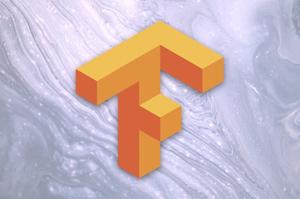TensorFlow is a popular open-source library for machine learning developed by Google. It's used for a wide variety of applications, ranging from complex neural networks to simple linear models. One of the critical aspects of working with TensorFlow is ensuring your environment is set up with a compatible version of TensorFlow for your existing projects or any dependencies you're working with. In this guide, we’ll cover how to check the version of TensorFlow you have installed on your system across different environments and how to manage version compatibility.
Why Version Compatibility Matters
Software, including libraries such as TensorFlow, gets frequent updates that may include improvements, bug fixes, new features, or incompatible changes. Using a new version may result in deprecated functions or changes that cause your code to break. Conversely, using too old a version might lack cutting-edge features or optimizations.
Checking TensorFlow Version
TensorFlow can be installed in several environments, including Python native environments, Jupyter notebooks, or even in a virtual environment. Here's how you can check the TensorFlow version:
Using Python Script
You can quickly check your TensorFlow version from a Python script. Just import the TensorFlow library and print the version attribute:
import tensorflow as tf
print(tf.__version__)This Python script prints the version of TensorFlow installed in your current environment.
Using Command Line
If you prefer using the command line, you can check your TensorFlow version by running:
python -c "import tensorflow as tf; print(tf.__version__)"This command uses the '-c' flag to execute Python commands directly from the terminal.
In Jupyter Notebook
To check your TensorFlow version inside a Jupyter notebook, you can simply run:
import tensorflow as tf
print(tf.__version__)This will output the version number directly within your notebook's interface.
Ensuring Compatibility
Once you've determined your TensorFlow version, you'll need to ensure that it matches with your project requirements or any other libraries that depend on it. One way to do this is by creating a requirements.txt file for Python projects containing:
tensorflow==2.13.0This line locks your TensorFlow version to 2.13.0, ensuring compatibility across environments.
Installing a Specific TensorFlow Version
If your project requires a specific TensorFlow version, you can install it using pip:
pip install tensorflow==2.13.0This command ensures you install the specified version, overwriting any current versions installed.
Using Virtual Environments
Managing multiple projects each with different TensorFlow dependencies can be a hassle. A common approach is to use Python's venv or a tool like Anaconda to create isolated environments.
python -m venv project-env
source project-env/bin/activate
pip install tensorflow==2.13.0This setup keeps your environment clean and organized, maintaining project-specific dependencies.
Conclusion
Ensuring the correct version of TensorFlow is crucial for the stability and performance of your machine learning projects. By checking and possibly adjusting your TensorFlow version, and using tools like virtual environments, you can maintain a smooth development workflow, reduce conflicts, and ensure compatibility throughout the lifecycle of your projects.







